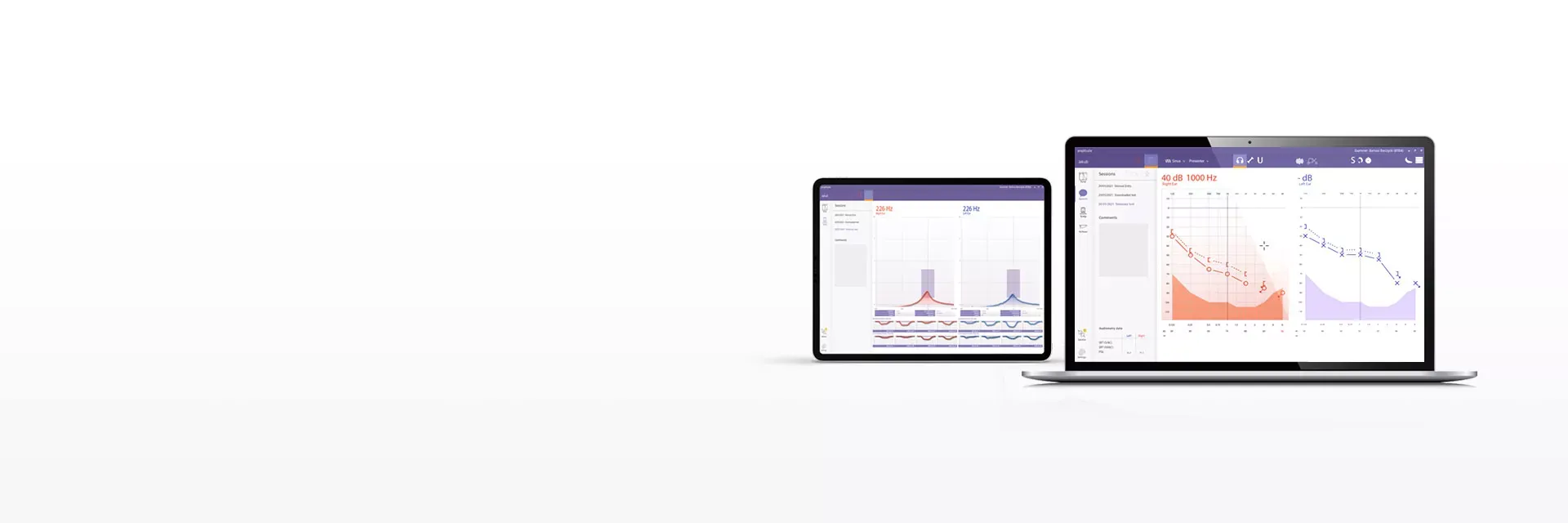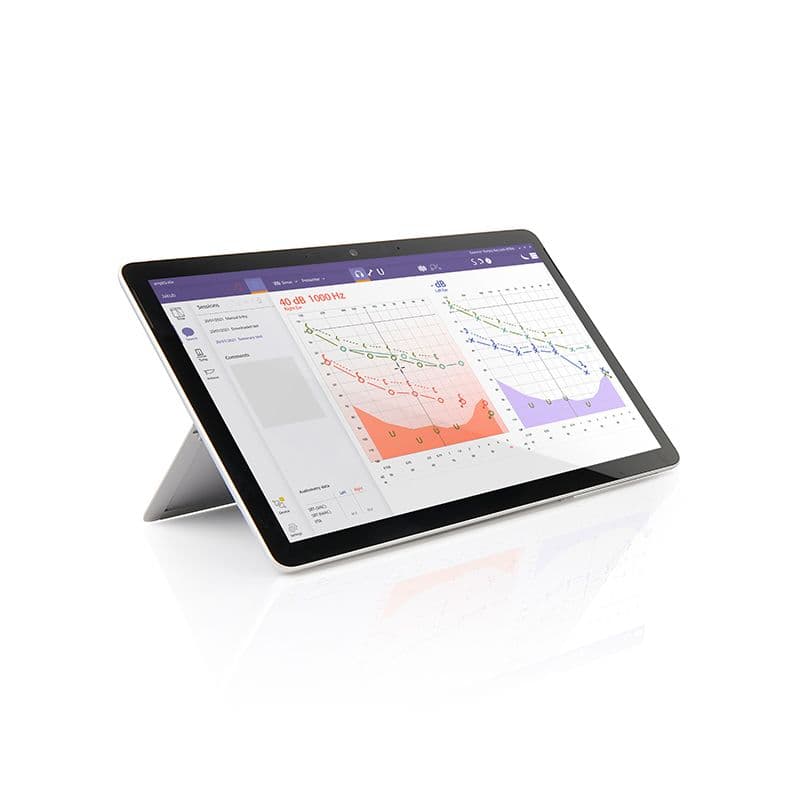Software
For hearing test data management
Fast, intuitive, and easy-to-use audiometric software solutions for occupational health, primary care, audiology, ENT and hearing aid fitting.
Our software solutions
Our software solutions offer everything you’d expect to run a contemporary audiology service. In addition to supporting the delivery of effective hearing surveillance programmes.
Download USB Drivers
USB Drivers are available for our Audibase and Amplisuite software applications
Frequently asked questions
What is health data management?
Health Data Management (HDM), also known as Health Information Management (HIM) is the process of organising healthcare data in digital form. This can include an Electronic Medical Record (EMR), an Electronic Health Record (EHR), to handwritten medical notes scanned to a digital repository.
Health data management is required to organise medical data for analysis to make patient care more efficient, and derive insights that can improve medical outcomes, while protecting the privacy and security of the data.
Why is it important to integrate your systems?
Integrating your systems eliminates the need for manual administrative tasks. By having your software solution and Electronic Health Record (EHR) system interface, you can save time and resources on having to manually transfer data from one to the other.
What is HL7 integration?
Health Level 7 (HL7) refers to a set of international standards for transferring clinical and administrative data between software applications. HL7 standards focus on the application layer (layer 7) in the OSI model and supports a variety of system integrations and interoperability, allowing software solutions and the EHR systems to interface with one another.
What is DICOM?
Digital Imaging and Communications in Medicine (DICOM) is the standard for the communication and management of medical imaging information and related data such as radiography, ultrasonography, computed tomography (CT), magnetic resonance imaging (MRI), and radiation therapy.
DICOM is used worldwide to store, exchange, and transmit medical images and has been central to the development of modern radiological imaging.
What is the difference between an API, REST and a RESTful API?
An application programming interface (API) provides a unified manner to process data. This allows software applications to exchange data. REST is an architectural style, which determines how data is presented to a client in a way that is efficient for the client. RESTful API utilises HTTP requests to send, extract and delete data.
What is a healthcare database?
Healthcare databases are systems which healthcare providers routinely enter clinical data. One of the most commonly used forms of healthcare databases are Electronic Health Records (EHRs).


